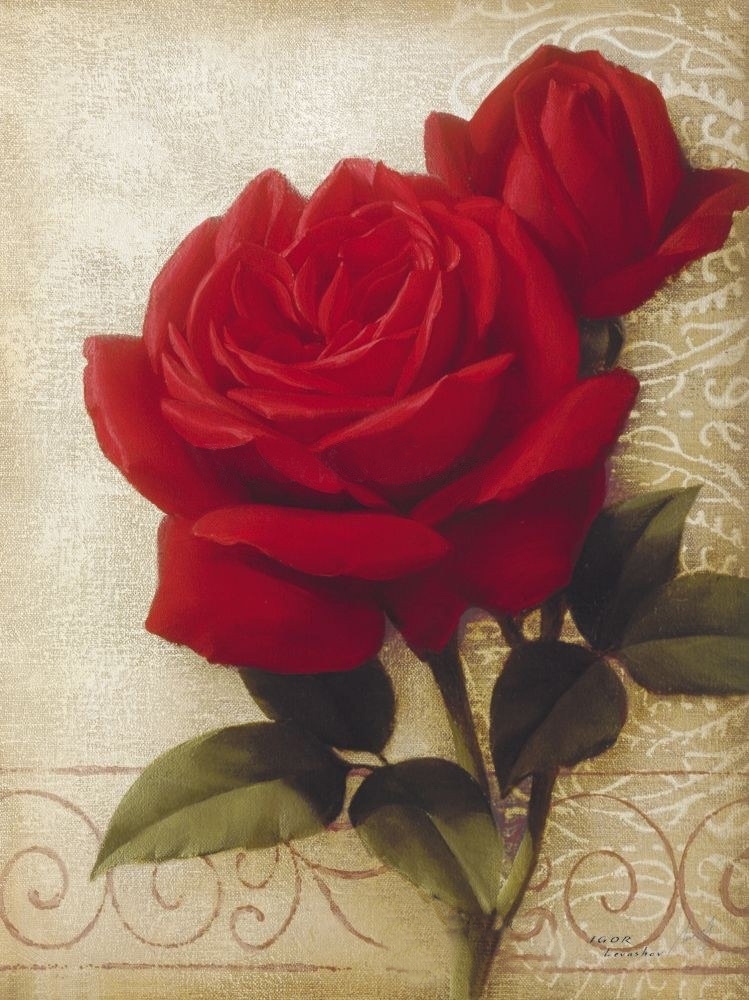Since 1884, the Salon des Indépendants has played a key role in the history of world art.
Salon des Indépendants, annual exhibition of the Société des Artistes Indépendants, held in Paris since 1884.
In the course of revolutionary developments in painting in late 19th-century France, both artists and the public became increasingly unhappy with the rigid and exclusive policies of the official Salon, an exhibition held sporadically between 1667-1737 and annually thereafter by the Académie Royale de Peinture, which had maintained almost total control over the teaching and exhibition of art since about 1661.
Edgar Degas | Repasseuses | Musée d'Orsay








